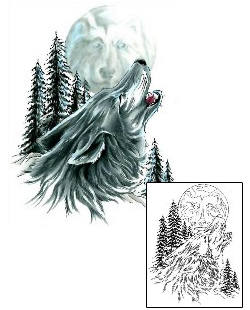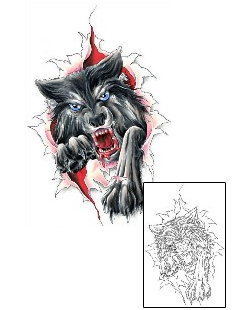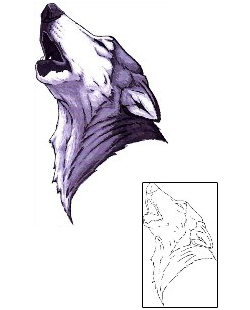It is not surprising that many, many aspiring artists focus in on being tattoo artists. The idea of tattoo artistry is wildly appealing to many different people for many different reasons. Classic tattoo designs can be extremely complex and offer wide room for variation on a vast array of themes. Even more exciting for many is the idea of a living, breathing canvas for their tattoo designs. After all, if your art literally gets up and walks away when you are done creating it, who knows how many millions of people will encounter it over the course of its lifetime. Also, tattooing can be, for successful tattoo artists and tattoo parlor owners, an extremely profitable endeavor. There are many additional ways to make money when you are a tattoo artist, such as selling artwork and items from your portfolio as flash or allowing your tattoo designs to be used to decorate other items of clothing like belts and shirts.
Of course, there is a great deal of work involved in becoming a tattoo artist, and even if you are talented and devoted, the road can be hard. Tattoo artists can have formal or informal art backgrounds. This actually has less bearing on the success or failure of a tattoo artist than you might think since being able to draw or paint well does not always translate to being able to render images with a tattoo gun well. As a result, while your educational background can be important in helping you get a tattoo apprenticeship, it is not the only factor. Tattoo artists traditionally serve an apprenticeship under another tattoo artist with at least five years experience. During this apprenticeship, they will fill every role in a tattoo shop. Not only will they eventually get opportunities to tattoo, but they will also maintain the equipment, potentially manage the books, run errands, recruit new clients, interview potential clients and sweep the floors. In this manner, an apprenticeship prepares the budding tattoo artist for every aspect of running, owning or participating in a tattoo shop.
As the tattoo apprentice progresses, he or she will be allowed to practice tattooing. Once the tattoos reach a certain level of prowess, they may even be able to tattoo simple designs on clients, thereby earning extra money. However, many tattoo shops have so many applicant apprentices on hand that they may actually charge the apprentices a fee rather than paying them, so you should not rely on your apprentice wages to support you while you are in a tattoo apprenticeship unless you and the shop owner have agreed to a set wage. If you do so, be sure to get a signed contract since changing circumstances can alter a shop owner's willingness or even ability to pay you. This contract will generally span two or three years, and you and the owner will have the option of renewal when it runs out.
A tattoo apprentice will become intimately involved in the cleanliness and sanitation of the tattoo parlor. Tattoo shops must be very clean in order to attract business, pass health standards and avoid dangerous contaminations that can accompany any type of procedure that involves penetrating the body with needles. A well kept tattoo shop will have a clean floor and a well maintained autoclave that is in working order and used on a daily basis to keep all the equipment sterile and sanitary so that there is no danger of cross contamination between one person's blood and another person's body. Because tattooing is accompanied by bleeding, this is particularly vital to the safety and sanitation of any tattoo shop.
Should one wish to check the certifications of a tattoo shop, there are several options. There are no federal laws regulating tattoo shops, although many states govern them in various forms and fashions, largely by regulating the ages of the people who are being tattooed and in some instances by attempting to shape what types of tattoos the shop provides. However, if you want to check the reputation of a tattoo shop, the best way is to get personal and professional references. Large numbers of happy and repeat clients tend to indicate that the shop is in good working order and is well maintained and staffed. If you want further evidence, check with the Better Business Bureau in the area to see if anyone has filed complaints against the tattoo shop or its individual artists. If they have, find out if the case was resolved, since a complaint does not necessarily mean that the tattoo artist or the tattoo shop was actually in the wrong.










